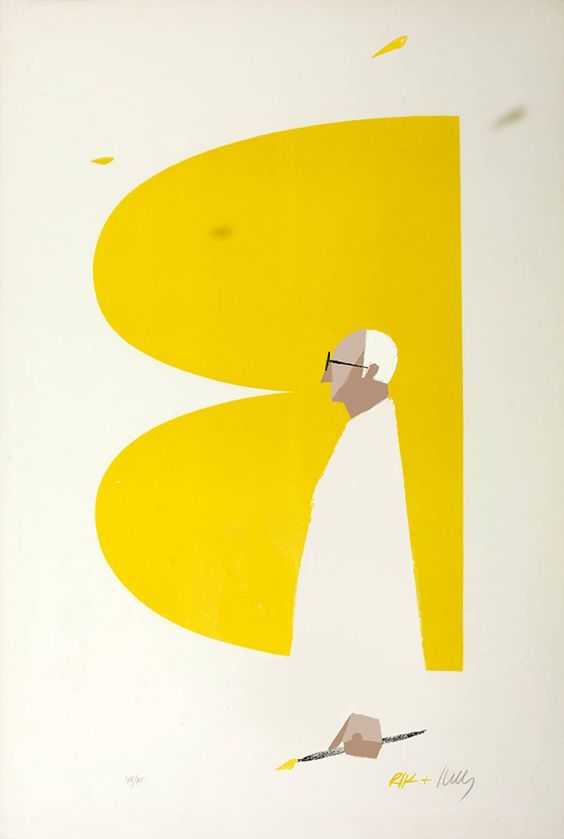Using analogies to unlock client conversations
- The Design Community Crew
.png/v1/fill/w_320,h_320/file.jpg)
- Oct 25, 2021
- 3 min read
Find it difficult to explain what you do? Adding too much information when explaining it? Confusing people (and yourself) and then missing out on opportunities?
We have been approached countless times from design firms grappling with how to explain their offering and approaches to their clients. This is a common difficulty for many creative entrepreneurs - how to articulate what you do. When this is done well, and only then, clients begin opening up to potential opportunities to engage.
There IS something we can do! And it is very simple: connect what you are trying to explain to something that the listener is familiar worth. Analogies are so powerful and a good way to explain something.
We'll tackle the common "What is Service Design" question, to demonstrate how analogies are great tools to use to articulate intricate explanations of what it is that you actually do.
"What is Service Design", probably one of the most difficult questions to answer. Many have never heard about Service Design and many more have different understandings of the words DESIGN and SERVICE.
Here is a simple way to explain it. Use this sentence: Service Design is similar to A (A is something that the listener is familiar with) in the sense that they are both about B ( mention the similarities) but they are different in the way C (mention 2-3 differences).
An example: Service Design is similar to UX in the sense that they are both about creating a great user experience but they are different in the way that Service Design isn't limited to a digital interface.
Another easy way to help you explain Service Design is by leveraging something that the listener is familiar with. Let’s imagine you're about to explain service design to a friend. Your friend enjoys listening to classical music. So in this story we will use an orchestra analogy. This is what you tell the friend:
Imagine yourself going to listen to a beautiful concert of Beethoven at the ArtsCape theatre in Cape Town. The orchestra consists of many talented musicians each playing an instrument that, when played together, it produces a beautiful composition of one of Beethoven's concerts. The conductor leads the orchestra in order for all of the musicians to play together, the right instrument, at the right time. This creates the most memorable and pleasant experience. Individually the musicians will not achieve the same result.
Let's take it even one step further. Have you ever been to a show where the performance was great but the snacks were bad, or the ticketing system didn't work, the parking was confusing, or maybe there was a technical fault with the lighting or the sound. Or, the show started late. Sometimes, even before you tell others about the great performance orchestra, you tell them about your horrific parking experience. What a pity, it takes away from the experience. This happened because Service Design was missing.
Now, imagine there was someone who was able to step back and view the experience holistically, someone who understood how all the parts are supposed to work together, someone who knew what the entire experience is supposed to feel like and someone who made it their job to make this experience amazing. Someone who orchestrates the experience beyond the performance. From the moment the people hear about the performance to the moment they are telling their friends about their experience.
That is what service designers do.
Service design though goes much further than just the main even. Experiences are made up of many parts. The service designer ensures that the lighting crew know what to do, that the sound crew attends to the sound, that the audience can find their seats easily, that the venue is setup properly, that the audience have ample parking, that it is easy to purchase tickets for the show, and so on. Service design helps to create the entire performance of the evening.
THAT'S how you explain service design. Think about what is familiar to the audience and use that as an analogy.
So next time you need to explain what you do, ask the listener about something that they enjoy, like music, a sport, a walk in the park, or whatever and then use that to explain. Even if it just starts an opportunity for further conversation. Even if people disagree with your analogy, it gets the conversation going and it is good if they ask questions.






Comments